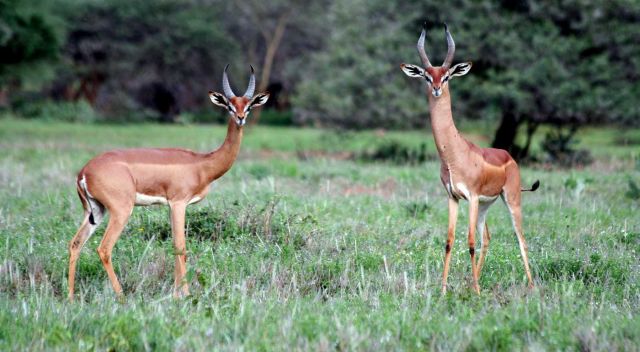Vulnerability and extinction risk of migratory species from different regions and ecosystems worldwide
Forty million miles of major roads crisscross the Earth's continents -- enough to circle the planet 1,600 times. For humans, these thoroughfares are a boon, enabling them to move with ease from place to place. But for migrating animals who are also hemmed in by dams, rivers, shipping lanes, urban development and agriculture, they create another barrier.

As human development and activities continue to expand, scientists have grown increasingly concerned about such migrators, especially those that trek long distances. These animal travelers cover hundreds to thousands of kilometers annually, yet very little is known about how their movements are faring across the globe.
To expand the scientific knowledge base, a team of UC Santa Barbara scientists set out to estimate the vulnerability and extinction risk of migratory birds, mammals and fishes from different regions and ecosystems around the world. They did so using the existing literature and information from two large databases: the Living Planet Index and the International Union for Conservation of Nature (IUCN) Red List. The group's analysis now appears in a special edition of Philosophical Transactions B titled "Collective Movement Ecology."